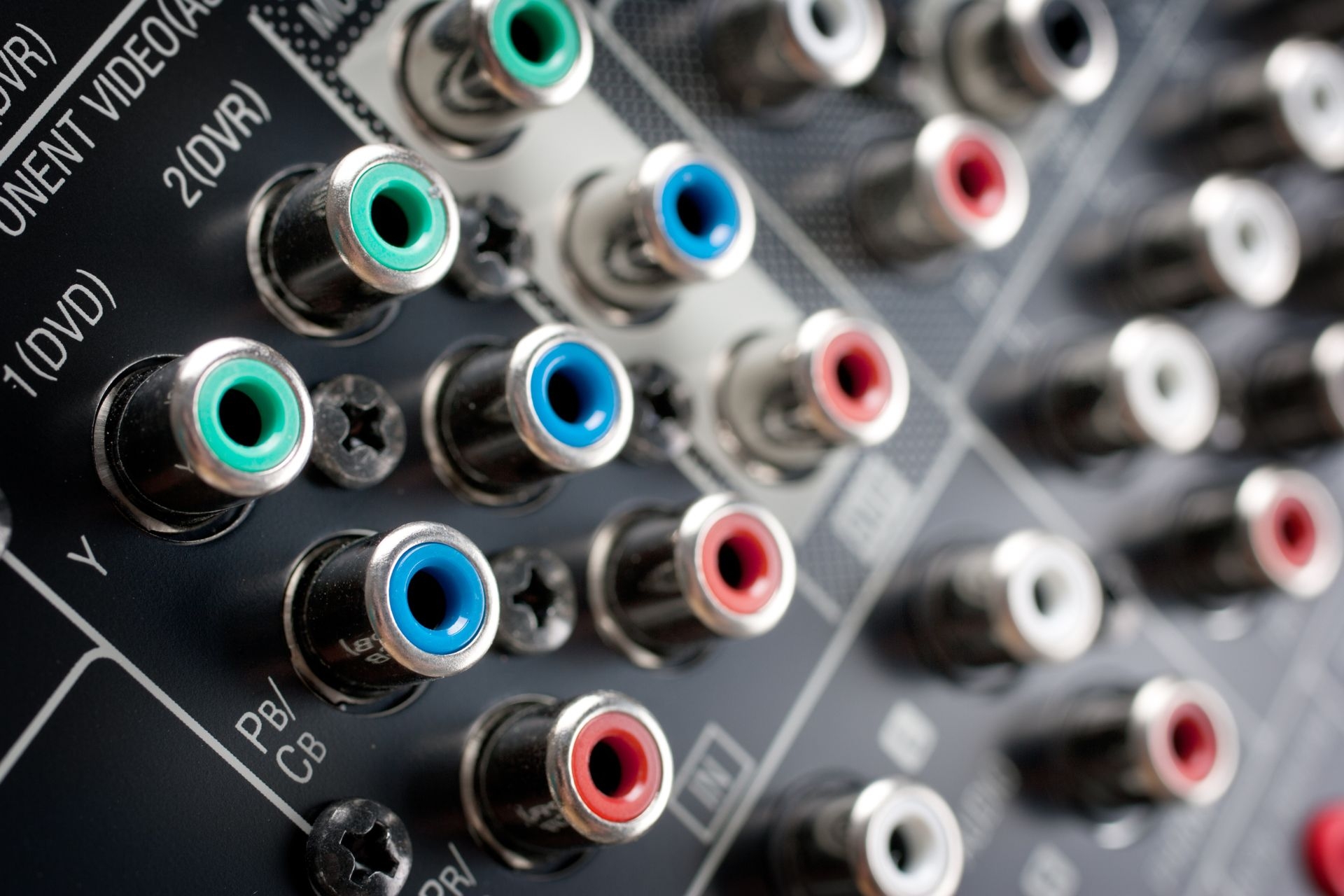Image Stabilization Technology
How does optical image stabilization differ from electronic image stabilization?
Optical image stabilization (OIS) differs from electronic image stabilization (EIS) in the way it physically shifts the lens or sensor to counteract camera shake. OIS uses gyroscopic sensors to detect motion and then moves the lens or sensor to compensate for it, resulting in sharper images. On the other hand, EIS digitally processes the image to reduce the effects of shake, which can sometimes lead to a slight decrease in image quality compared to OIS.



